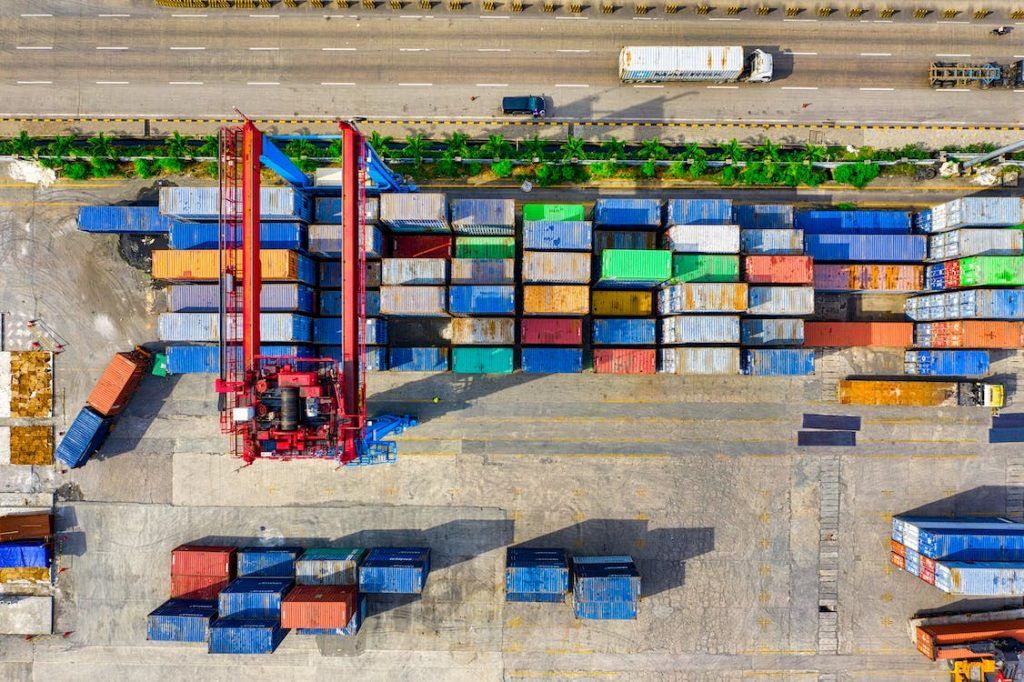Mexico has a lower effective tariff rate than Canada and China at US customs, according to data from the Yale Budget Lab as of August 6, 2025.
The effective tariff rate measures the actual percentage that a country pays in tariffs relative to the total value of its imports. It reflects the direct impact of customs taxes on the economy and trade.
Effective tariff rate
Please note: The Yale Budget Lab is a nonpartisan policy research center. It analyzes federal policy proposals in the United States, assessing fiscal, macroeconomic, and income distribution impacts, providing clarity where traditional methodologies are limited.
The rate charged by US customs to Mexico is 10.6%, lower than that charged to Canada (13.1%) and China (27.9%). For the rest of the world, the average rate is 15.6%.
New trade order
On July 31, 2025, Trump signed an executive order establishing reciprocal tariffs of 10 to 41% on products imported from 69 countries. The measure took effect on August 7.
Canada, meanwhile, faces a 35% tariff since August 1. This applies to all products that do not comply with the USMCA. Mexico, on the other hand, obtained a 90-day extension. During this period, current tariffs remain in place, delaying the increase to 30%.
In mid-April, average tariffs between the United States and China were 164% and 146%, respectively, without considering exemptions. After negotiations, they were reduced to 49% and 31% in May. Subsequently, both countries agreed to a 10% rate for two consecutive periods of 90 additional days.
Tariffs of 25% on automobiles and auto parts and 50% on steel, aluminum, and copper also remain in place.
Comce
For Sergio Contreras, president of the Mexican Council for Foreign Trade, Investment, and Technology (Comce), Mexico’s effective tariff rate indicates that current conditions, far from slowing down the national economy, could favor it, thanks to its position in the regional production chain and the preferences of the USMCA.

